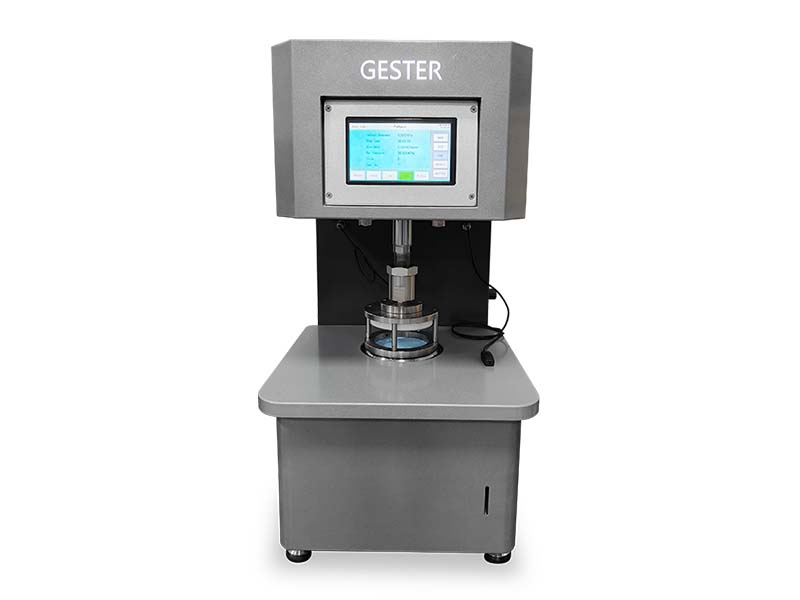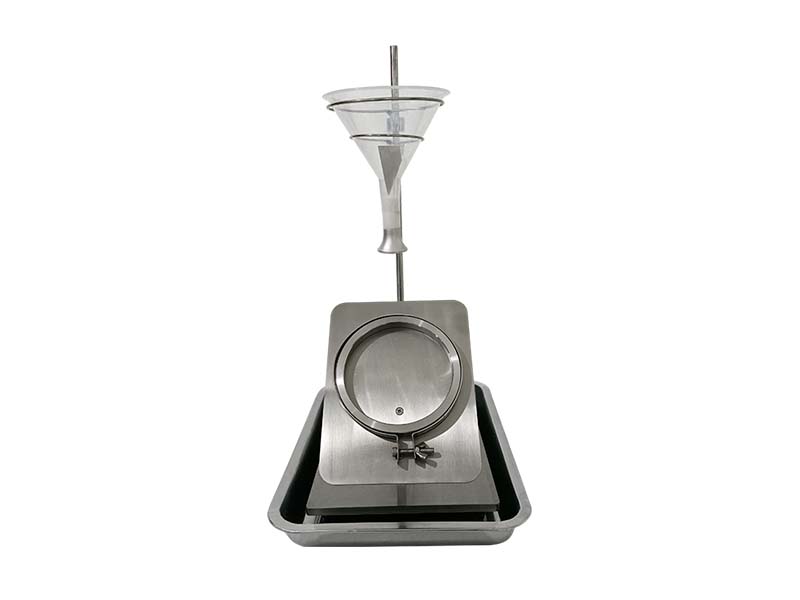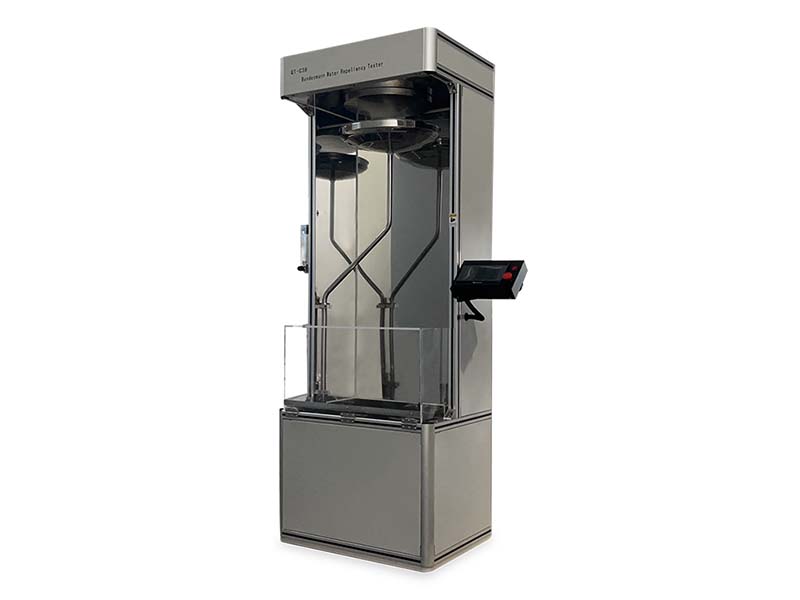Textile waterproof performance testing, also known as water resistance testing, is mainly divided into water penetration resistance (hydrostatic pressure) testing, surface water repellency (spray rating) testing and water repellency test.
Under what circumstances is hydrostatic pressure tested? Is it necessary to test the water staining level? Does water repellency test need to be tested at the same time?
Commonly used test methods are listed in the table below
| Water Resistance Test Methods | Test Equipment |
| Hydrostatic Pressure Rating | Hydrostatic Pressure Tester GT-C26A |
| Spray Rating | Spray Rating Tester GT-C31 |
| Water Repellency Test | Bundesmann Water Repellency Tester GT-C38 |
1. Hydrostatic Pressure Rating
The degree to which a fabric resists being penetrated by water. Hydrostatic pressure resistant textiles are a class of fabrics with special functions, which are not only widely used but also rapidly developed, generally used in outdoor sports jerseys, table cloths for family use, mackintoshes and umbrellas for daily use, and swimming suits and diving suits.
Hydrostatic pressure test is a common method to assess the water resistance of fabrics. It is based on the principle of hydrostatic pressure on the fabric to indicate the resistance of water through the fabric. Under standard atmospheric conditions, one side of the specimen is subjected to continuously rising water pressure until three seepage points appear on the other side, and the value of the water pressure at the time of the third seepage point is recorded, and this is used to evaluate the waterproof performance of the specimen.
The Hydrostatic Pressure Tester GT-C26A evaluates waterproof properties of materials including canvas, coated fabrics, coated fabrics, hood fabric, tarpaulin, rain-proof fabrics and geotextile.
Standards
AATCC 127 Option 2, ISO 811, ISO 1420, GB/T 4744, GB/T 9082, FZT 01004 , DIN 53886 , EN 20811, EN 13726-3, EN 1734, BS 2823, WSP 80.6, JIS L1092-7.1.1 Method A
2. Spray Rating
The degree to which a fabric surface resists being wetted by water. Also called surface moisture resistance. This method is applicable to all waterproof treated and untreated fabrics, and the measured waterproof result has a great relationship with the fibres, yarns, fabric treatment and fabric structure.
Spray rating testis through continuous spraying or dripping water onto the specimen, observe the water staining characteristics of the specimen on the surface after a certain period of time, and compare with various wetting degree samples to assess the waterproofness of the fabric.
The Spray Rating Tester GT-C31 measures fabric resistance to surface wetting by simulating rainwater exposure. It sprays distilled water onto specimens positioned 150mm below a 45-degree nozzle. Then contrast and evaluate the specimen surface with the standard cards.
Standards
AATCC 22, ISO 4920
3. Water Repellency Test
The performance of a fabric in resisting the amount of wetting and penetration by water. This method is applicable to any fabric with or without a water repellent finish.
The impact water penetration resistance of single or composite fabrics is measured at different speeds of water impact strength. The principle is that the test sample is wrapped around a weighed absorbent paper, the absorbent paper is weighed again at the end of the test and the difference in weight between the two times is the amount of water penetration of the sample.
The evaluation of the water resistance of textiles by the relevant testing organisations is often determined by the user according to the type and use of the textiles. Waterproof performance requirements vary significantly depending on textile applications and quality grades. For instance and different evaluation requirements. As the waterproof and moisture permeability of textiles are often a pair of contradictory properties, the moisture permeability of products with good waterproof performance is relatively poor. At present, products with good waterproof and moisture permeability properties are often the most high-grade products, so they also greatly limit the use of waterproof textiles.
\







